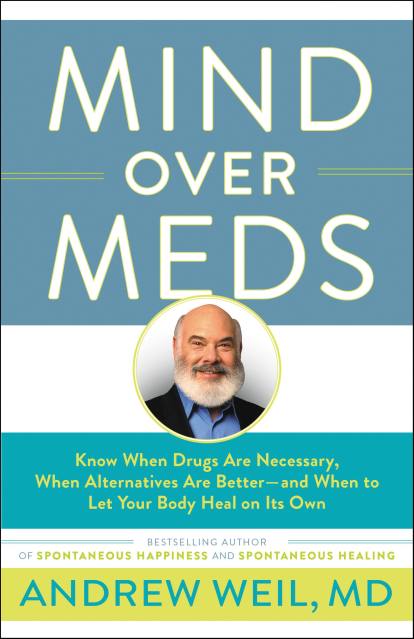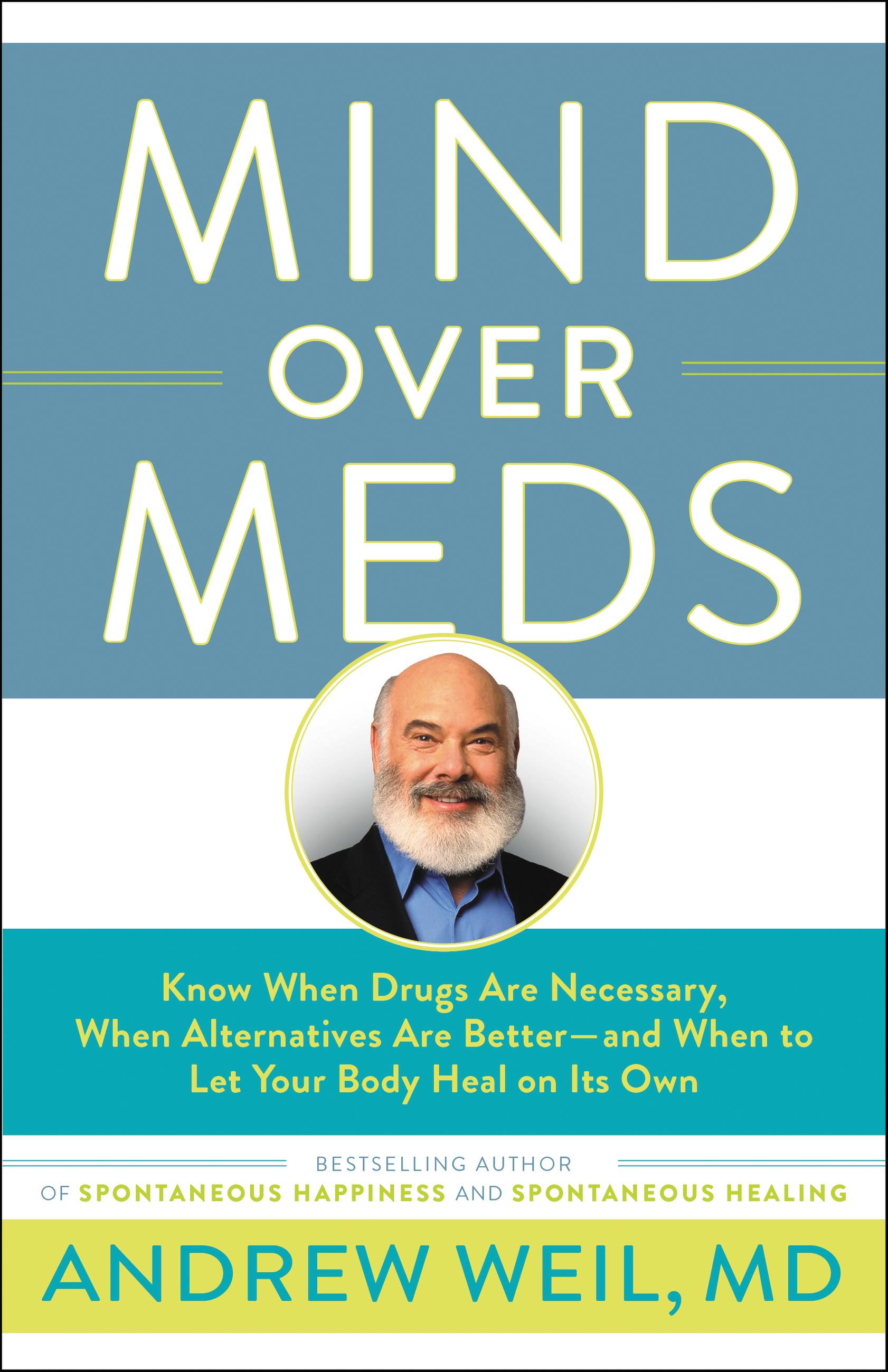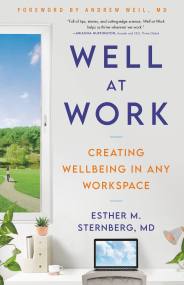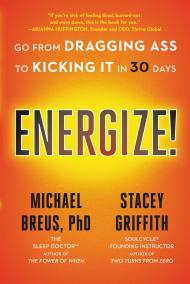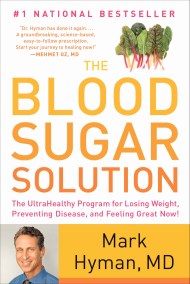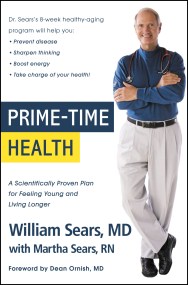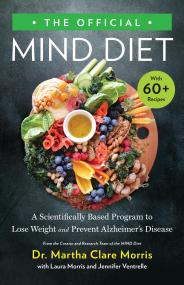Promotion
Use code MOM24 for 20% off site wide + free shipping over $45
Mind Over Meds
Know When Drugs Are Necessary, When Alternatives Are Better and When to Let Your Body Heal on Its Own
Contributors
Formats and Prices
Price
$11.99Price
$15.99 CADFormat
Format:
This item is a preorder. Your payment method will be charged immediately, and the product is expected to ship on or around April 25, 2017. This date is subject to change due to shipping delays beyond our control.
Also available from:
Too many Americans are taking too many drugs — and it’s costing us our health, happiness, and lives.
Prescription drug use in America has increased tenfold in the past 50 years, and over-the-counter drug use has risen just as dramatically. In addition to the dozens of medications we take to treat serious illnesses, we take drugs to help us sleep, to keep us awake, to keep our noses from running, our backs from aching, and our minds from racing. Name a symptom, there’s a pill to suppress it.
Modern drugs can be miraculously life-saving, and many illnesses demand their use. But what happens when our reliance on powerful pharmaceuticals blinds us to their risks? Painful side effects and dependency are common, and adverse drug reactions are America’s fourth leading cause of death.
In Mind over Meds, bestselling author Dr. Andrew Weil alerts readers to the problem of overmedication, and outlines when medicine is necessary, and when it is not. Dr. Weil examines how we came to be so drastically overmedicated, presents science that proves drugs aren’t always the best option, and provides reliable integrative medicine approaches to treating common ailments like high blood pressure, allergies, depression, and even the common cold. With case histories, healthy alternative treatments, and input from other leading physicians, Mind over Meds is the go-to resource for anyone who is sick and tired of being sick and tired.
Prescription drug use in America has increased tenfold in the past 50 years, and over-the-counter drug use has risen just as dramatically. In addition to the dozens of medications we take to treat serious illnesses, we take drugs to help us sleep, to keep us awake, to keep our noses from running, our backs from aching, and our minds from racing. Name a symptom, there’s a pill to suppress it.
Modern drugs can be miraculously life-saving, and many illnesses demand their use. But what happens when our reliance on powerful pharmaceuticals blinds us to their risks? Painful side effects and dependency are common, and adverse drug reactions are America’s fourth leading cause of death.
In Mind over Meds, bestselling author Dr. Andrew Weil alerts readers to the problem of overmedication, and outlines when medicine is necessary, and when it is not. Dr. Weil examines how we came to be so drastically overmedicated, presents science that proves drugs aren’t always the best option, and provides reliable integrative medicine approaches to treating common ailments like high blood pressure, allergies, depression, and even the common cold. With case histories, healthy alternative treatments, and input from other leading physicians, Mind over Meds is the go-to resource for anyone who is sick and tired of being sick and tired.
Genre:
-
"Dr. Andrew Weil continues his multi-decade journey to educate the American public as to the importance of natural health and healing. This book should be required reading for all health practitioners and all people interested in optimal health."Richard Carmona, MD, MPH, FACS, seventeenth Surgeon General of the United States
-
"Weil's revolutionary book casts a critical eye on modern medicine, examining the very serious risks that medicine can carry....Those who seek to understand the ramifications of overmedicating, are interested in the impact of modern medicine, or want to learn alternative therapies and how to take an active role in their health care will appreciate this book."Library Journal
-
"Weil, who may be the nation's foremost advocate for integrative medicine...meticulously explains why the multitude of medicines prescribed in America is problematic....In all, a sensible approach to reducing what Weil correctly identifies as our 'excessive reliance on medication.'"Booklist
-
Praise for Spontaneous Happiness
-
"A comprehensive roadmap for the prized path to true happiness...Weil provides sensible, accessible advice...Immensely beneficial information for those seeking a self-galvanized life lift."Kirkus Reviews
-
"Weil's program aims for 'positive emotionality'-a far better destination than the roller-coaster ride between bliss and despair. This is more than a New Age prescription for contentment. Weil's revelations and insights from his own lifelong battle with depression lift this guide from a hip and clinical 'how to' to a generous and heartfelt 'here's how.'"Publishers Weekly
-
"If you use this book as a tool to help you change your life, you might be surprised by what it can do for you."Yahoo! Voices
-
"Spontaneous Happiness spells out some amazing guidelines on becoming a healthy individual."Seattle Post Intelligencer
-
"Like all of his books, Spontaneous Happiness is a refreshing combination of clarity, science and practical wisdom. But it's also warm and, indeed, personal."iVillage
-
"Weil...offers a new approach to thinking about happiness. The case studies and practical guidance here can help readers make life-changing decisions."Library Journal
- On Sale
- Apr 25, 2017
- Page Count
- 304 pages
- Publisher
- Little Brown Spark
- ISBN-13
- 9780316352987
Newsletter Signup
By clicking ‘Sign Up,’ I acknowledge that I have read and agree to Hachette Book Group’s Privacy Policy and Terms of Use
